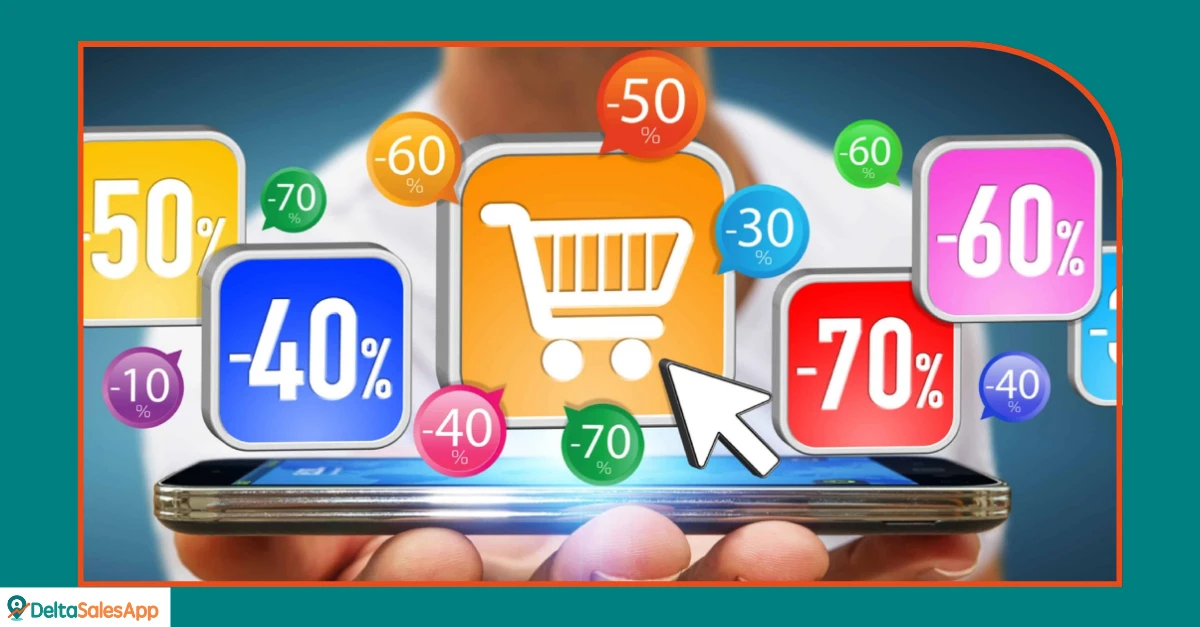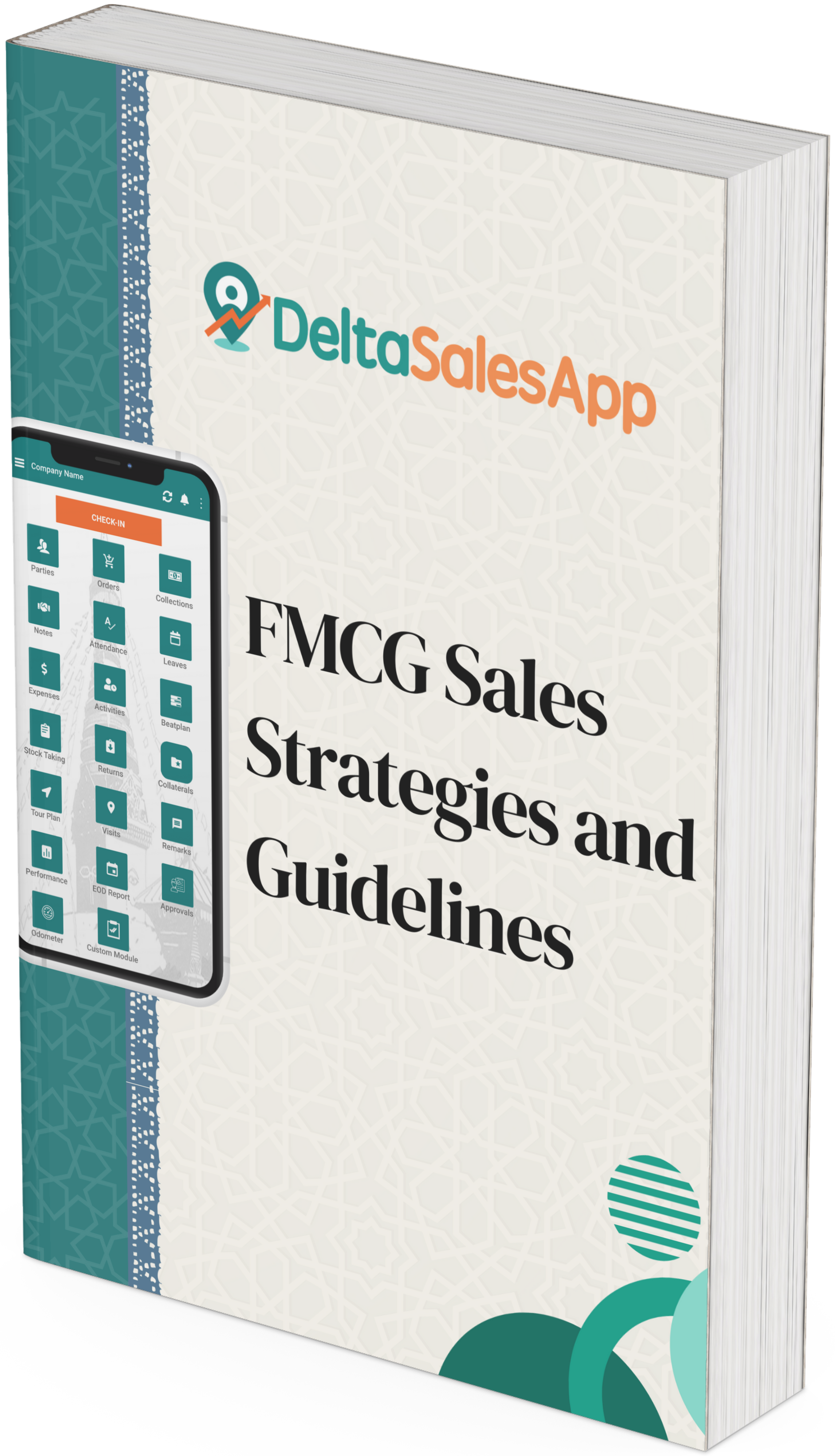Mastering Trade Promotion Management for Retail Success

The capacity to successfully design, carry out, and optimize each trade promotion is essential for success in today's fiercely competitive consumer products industry. However, many businesses suffer from fragmented procedures and antiquated technologies, which hinder their capacity to grow operations or gain insights. This is where contemporary techniques like Trade Promotion Management (TPM), Revenue Growth Management (RGM), Integrated Business Planning (IBP), and Trade Promotion Optimization (TPO) are useful.
These technologies serve as the cornerstone for data-driven execution, strategic planning, and long-term revenue development. They are not simply for managing promotions.
📌 What is Trade Promotion Management (TPM)?
The methodical process of organizing, overseeing, and resolving all trade-related costs, including price reductions, promotions, and discounts in the consumer products industry, is known as Trade Promotion Management. This includes:
🎯 Establishing volume targets
💰 Distributing funds
📈 Estimating sales
🧾 Running campaigns
🔍 Controlling deductions
These duties often become chaotic, time-consuming, and prone to errors in the absence of a specialized TPM system. Common problems include untracked promotional expenditures, mismatched predictions, and permission delays. With automation, accountability, and transparency added to the sales planning cycle, a dedicated TPM system enables businesses to manage trade expenditure and minimize revenue leakage efficiently. Many companies use a sales order management app to automate promotional budgeting, monitor deductions, and track campaign approvals seamlessly.
🧠 When Does TPM Make a Difference?
As businesses grow and trade activities become more complex, traditional tools like spreadsheets and email chains can’t keep up. Teams spend excessive time updating documents, reconciling data, or chasing approvals. Meanwhile, valuable insights get lost in the clutter.
TPM systems bring structure and consistency to the entire process. They centralize data, standardize workflows, and offer real-time insights, enabling faster decision-making and stronger collaboration across teams. From budget allocation to monthly accrual forecasting, a TPM solution becomes the operational backbone of trade planning.
📈 Trade Promotion Optimization (TPO): Making Smarter Moves
The focus of TPM is management. The focus of TPO is strategy.
You may assess the success of previous promotions and create more successful ones in the future with the aid of Trade Promotion Optimization. It simulates the effects of novel advertising strategies and evaluates ROI using real-time data and predictive analytics. This makes it possible to make more intelligent choices about campaign scheduling, frequency, discount mix, and price.
A strong TPO system eliminates the need for manual labor in assessing promotion success by automating Post-Event Analysis (PEA) via integration with POS data and TPM platforms. It enables you to respond to important queries such as:
📊 Which promotions delivered the highest ROI?
📉 How did specific discount levels impact sales?
🧪 What combinations of tactics worked best?
By leveraging simulation tools and predictive baselines, TPO helps you model future outcomes with high accuracy, turning your planning process into a competitive edge.
🔗 Integrated Business Planning (IBP): Bridging Sales and Operations
Integrated Business Planning (IBP), often implemented as Sales & Operations Planning (S&OP), connects demand planning and sales projections. Its objective is to provide a single, consensus-based prediction that takes into account operational realities as well as commercial strategy.
Manual IBP procedures often suffer from conflicting metrics and fragmented systems. A contemporary IBP system facilitates automated procedures that align demand plans and sales inputs, and ensures smooth data sharing across teams. This improves forecast accuracy, resolves version control issues, and decreases dependency on static Excel reports.
🧩 IBP Benefits Table
Feature | Impact |
📊 Unified Forecasting | Avoids conflicting data across teams |
🔁 Improved Agility | Enables real-time plan reallocation |
🏷️ Better Resource Planning | Reduces inventory waste and shortages |
Businesses that use IBP can make real-time adjustments to their plans in response to market developments, improving customer satisfaction, reducing waste, and enhancing stock management.
📊 Revenue Growth Management (RGM): The Big Picture Strategy
Revenue Growth Management (RGM) has a more general perspective, while TPM and TPO concentrate on managing and optimizing promotions. By carefully managing price, promotions, product selection, and channel strategy, RGM aims to maximize overall income.
To comprehend how sales volume reacts to price adjustments over the short and long term, RGM solutions often use price elasticity theories. This assists teams in creating price plans that maximize profits while preserving market share.
Key RGM Capabilities:
📐 Price ladders to identify product and customer gaps
💡 Profit decomposition to analyze margin drivers
⚖️ Competitive pricing benchmarks for strategic adjustments
RGM goes beyond promotions to deliver insights that influence product launches, pricing models, and overall business strategy.
Moreover, companies looking to improve in-store visibility and execution may benefit from a robust retail execution app that ensures promotion compliance and data-driven oversight. can help streamline trade execution, improve visibility, and boost revenue performance across regions
🔄 Bringing it All Together: A Unified Approach to Retail Execution
The fields of Trade Promotion Management, TPO, IBP, and RGM are interrelated and cannot be studied separately. Combining these results in a holistic retail execution approach that enables teams to plan more effectively, operate more efficiently, and produce steady growth._1746530474.webp)
Unified System Benefits
🔄 Stronger collaboration between sales, finance, and operations
📈 Data-driven decision-making at every level
💸 Higher promotion ROI and reduced trade spend
🤝 Better alignment of strategy with in-store execution
💡 Final Thoughts
It is now essential to take a new approach to trade promotion management and associated procedures. The pillars of TPM, TPO, IBP, and RGM enable scalable, profitable retail execution — whether you're seeking improved returns, negotiating intricate promotional cycles, or trying to align cross-functional teams.
At every step of the retail process, consumer products firms can use these technologies to transform insights into action and strategy into sales.
❓ Frequently Asked Questions(FAQs)
Q1: What is the biggest advantage of using a TPM system?
A dedicated Trade Promotion Management system offers real-time visibility, reduces manual errors, and enhances cross-functional collaboration, making trade campaigns more effective and accountable.
Q2: How does Trade Promotion Optimization (TPO) differ from TPM?
While TPM focuses on managing trade campaigns, TPO uses analytics and simulations to evaluate and optimize promotional strategies. TPO helps in deciding what works best by analyzing historical data and projecting future outcomes.
Q3: Can Integrated Business Planning (IBP) replace TPM?
No. IBP complements TPM by aligning trade planning with supply chain and operational execution. While TPM manages promotional execution, IBP ensures those plans are feasible across departments.
Q4: Is Revenue Growth Management (RGM) only for large enterprises?
Not at all. RGM principles can be scaled to suit small and medium-sized businesses as well. With the right tools, companies of all sizes can use RGM to optimize pricing, portfolio, and profitability.
Q5: What are the common signs a company needs a TPM system?
If your team struggles with spreadsheet chaos, inconsistent forecasts, approval delays, or unexplained trade spend, it’s time to consider a TPM system.
Also Check:
👉 Top 6 Trade Promotion KPIs to Maximize Store Success
👉How to Improve Trade Promotion Management?
🗣️ What Users Say About Us?
Our platform has helped teams across industries optimize trade operations, streamline sales execution, and enhance collaboration. Curious to know how it performs in real-world scenarios? See what real users are saying about their experience!









